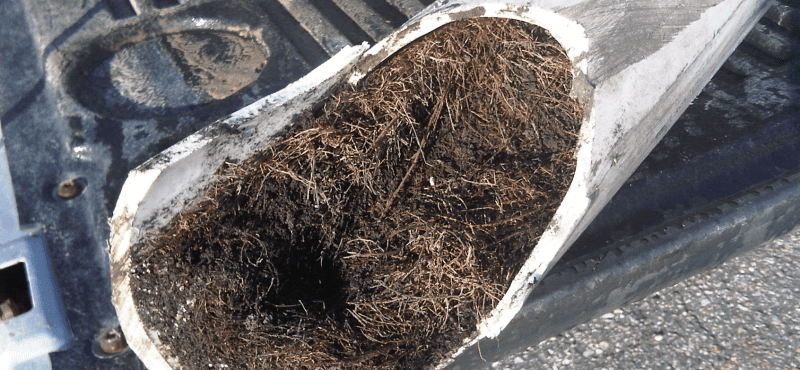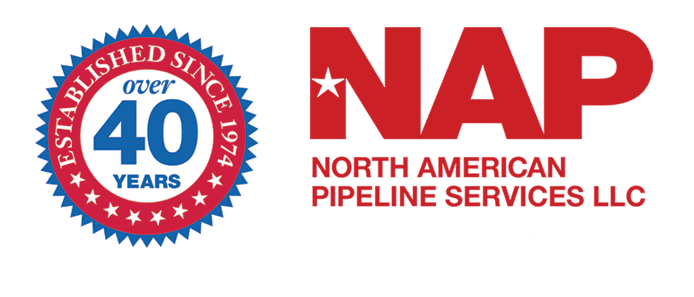Many people don’t put much thought into the health of their sewer lines until a problem appears. However, many common sewer line backup problems can be prevented with regular preventative maintenance. While some sewer clogs are unpredictable, certain things like root damage are easy to predict. Roots are alive and grow slowly over time. During maintenance, if it becomes clear that root damage could be a problem in the future, we have the tools and equipment necessary to avoid this issue.
How Does The Program Prevent Sewer Roots?
Preventing sewer roots is not the goal of preventative sewer maintenance. The idea is to clear out any roots that have infiltrated the sewer line before they can cause a back-up. Ideally the roots and sewer line can exist together without issue. It is not our goal to kill the tree or block growth.
How Often Should Preventative Sewer Maintenance Occur?
The frequency in which you should have preventative sewer maintenance will ultimately depend on how fast the roots in the area grow and how many trees and plants are surrounding the sewer line. A good idea would be to ask your sewer technician for their recommendation. The most common programs are every 6-12 months.
How Do Roots Get Into Sewer Lines?
Many sewer lines are made of concrete which is porous. Sewer lines contain both water and “fertilizer” which causes tree roots to seek out and invade the sewer line to reach this nutrition.
While most invading roots are rather thin, they can curl and ball up and act as a net which catches other debris. Roots can even break a sewer line which may result in expensive repairs.
Aside from preventative maintenance which is your best option, you can also remove any trees with root systems near the sewer line or use non toxic products such as RootX® to slow root growth. Lastly, you could also replace your concrete sewer lines with a non-porous material.


